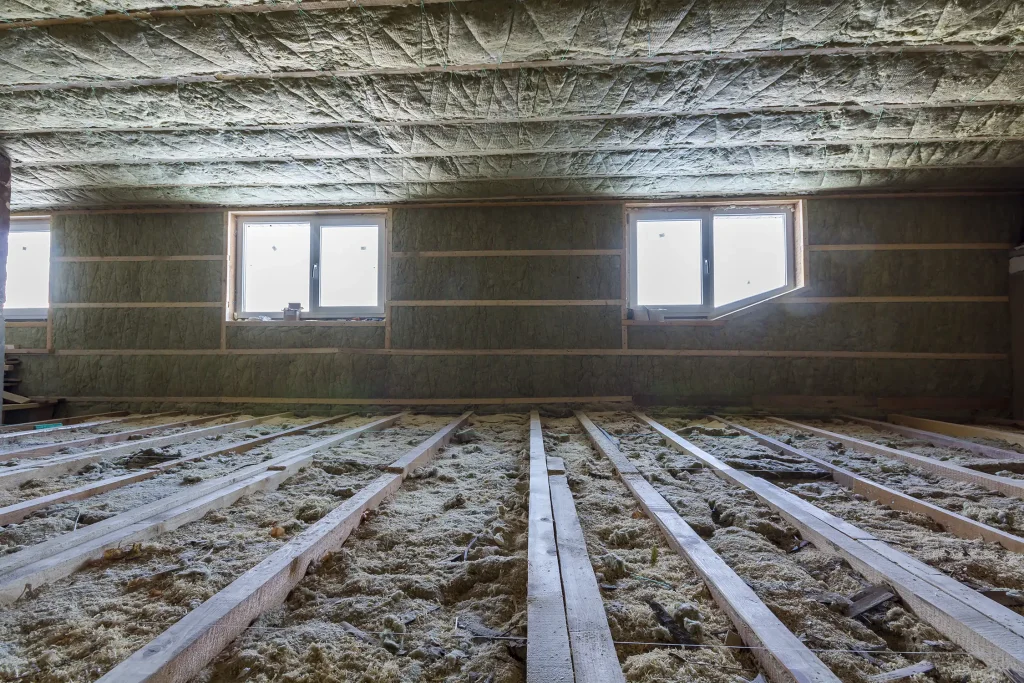When you own a home, there are many financial responsibilities and ongoing projects. Fortunately, homeowners can take advantage of tax deductions or other tax breaks when they file their taxes – especially when they itemize them.
For those who are in the process of paying off a mortgage, there are some tax benefits to take advantage of. Those who itemize their deductions on their taxes can deduct certain home expenses and gain other advantages as homeowners. Of course, with owning property comes financial responsibilities and an abundance of home improvement projects; however, these applicable tax breaks provide some fiscal relief for homeowners.
Deducting Mortgage Interest
Though it is no longer possible to claim homeowners’ insurance premiums as a deduction, those who are eligible and choose to itemize can still write off the amount of interest paid on a mortgage.
When considering your mortgage, it’s important to look at when you took out the loan and how much was borrowed. Those who closed on their mortgages before December 16th, 2017, are eligible to deduct interest on up to $1 million in debt (or $500,000 for single or married filing separately). However, those who purchased their homes after this date have a limit of $750,000 ($375,000 for single and separate filers).
Home Equity Loan or HELOC
Are you considering taking out a home equity loan or line of credit in 2023? You may be able to deduct the interest paid during the year, but only under certain conditions. That is, you must itemize your deductions and have used the money for buying, building, or significantly improving your home.
According to Dan Herron, a CPA/PFS CFP with Elemental Wealth Advisors, the best way to benefit from a tax break is by investing in projects like HVAC replacements or upgrades, remodels, and new roofs. However, it’s important not to use these funds for personal expenses such as credit card debt.
For those who meet the criteria, it is possible to deduct interest on a loan amount of up to $750,000 for qualified residence loans ($375,000 for single filers). This includes the original mortgage as well as other forms such as home equity loans or lines of credit.
Cap on Deduction for Property Taxes
By taking advantage of SALT (state and local tax) deduction, it is possible to deduct up to $10,000 for taxpayers who are married filing jointly and $5,000 for those filing separately. This tax break consists of both property taxes as well as either state/local income taxes or sales taxes. To benefit from this deduction, you must itemize your deductions on your return.
Herron advised to not neglect reporting any related expenditures in regard to the SALT deduction, despite one’s belief that they will not benefit from it. He pointed out that there may still be some deductibility available when filing a state return.
Home Sale Profits Tax Exclusion
When you sell your home, some of the profits may be subject to taxation. However, there are deductions that can be taken which will lower the amount due. These include legal fees, advertising costs and real estate agent commissions. All these expenses can be subtracted from the total sale price of your home, thus reducing the capital gains tax that is owed.
Home Office Expenses
For self-employed individuals, both renters and owners of homes may be able to take advantage of tax deductions associated with their home offices. Even without itemizing, expenses such as mortgage interest, insurance costs, utilities bills, repairs and maintenance payments, depreciation fees, and rent can all be deducted.
Although you are unable to deduct the cost of a home office as an employee, there may be other options to consider. According to Herron, it could be deductible for state purposes, and one should approach their employer about possibly being reimbursed for any related expenses.
Improving Your Home’s Energy Efficiency

Herron highlighted that substantial credits can be earned through enhancing energy efficiency and/or adding solar to a residence under the 2022 Inflation Reduction Act. To stay up to date, peruse the Clean Energy for All website sponsored by the federal government. For those planning to make energy-efficiency improvements to their home, it is recommended to save receipts and any documents related to such work so they can claim benefits when filing taxes in 2022, 2023 and beyond.
In 2022, homeowners will be able to reap some benefits through the federal tax system. One such perk is a 10% credit towards the cost of insulation materials and other energy-saving upgrades, including windows and doors. Additionally, those who invest in efficient air conditioning and heating systems can receive a $300 credit.
In 2023, the tax code grants households an opportunity to get a sizable return on investments in energy-efficiency improvements. Up to $1,200 of eligible costs can be claimed each year, plus an additional $150 credit when a home energy audit is completed. Additionally, heat pumps are eligible to receive a 30% tax credit of up to $2,000. At the same time, many states will launch rebate programs that incentivize electric appliances and home renovations that improve efficiency.